
How Leaders Can Learn to Listen
Emotional intelligence and aligned purpose can transform the way teams communicate and get results
Navigating communication in the workplace can be tricky. But experts agree the most effective way to improve communication is by first gaining self-awareness — understanding your own personality traits, behaviors and listening preferences — then learning to recognize and appreciate those in others.

Why Leaders Need More Than Just a Plan
An executive coach explains how to coach the heart of business
Managing exempt employees can be a bit complicated, as you want to balance work demands without overwhelming or taking advantage of your employees. Let’s get into it.

How to Go From ‘WTF?’ to ‘I Got This’
Real talk for life’s impromptu adventures
Life has a flair for the dramatic. It loves to throw us
unexpected turns — a relationship hiccup that feels seismic, a
health scare that rattles your foundation, a sudden financial
shift that throws your budget into chaos. And while our initial
reaction might be shock, confusion or even anger, the real
strength emerges in how we navigate the aftermath.

The Connection Point: Leisure Films Founder Nick Leisure
WATCH: Discover how Nick Leisure, the visionary behind 'Last the Night' and other projects, shapes the future of film
Learn how Nick Leisure, the creative force behind “Last the Night,” channels two decades of filmmaking expertise to shape the future of cinema.
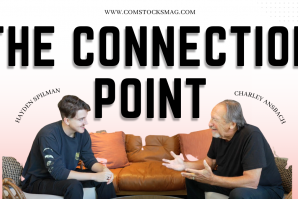
The Connection Point: HYDN Founder Hayden Spilman
WATCH: How Hayden builds his digital brand in the Metaverse
Learn about how Hayden merges with the Metaverse
through 3D art designs to build his business.
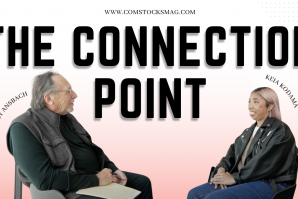
The Connection Point: Mixed Media Artist, Keia Kodama
WATCH: How Keia builds a community and business through her passion for sneakers
Learn about how passion for sculptures, artist and sneakers come to life through Mixed Media Artist, Keia Kodama.
Let’s find out in today’s discussion.

The Connection Point: Women of Sacramento Founder Bri Norberg
WATCH: How Bri expanded her business by providing a safe space for women
Women of Sacramento is an organization that gathers the next generation of entrepreneurs, businesswomen and creatives to initiate conversation around the topics they are passionate about. From building a business to raising money, they hit all the topics for modern working women.
Let’s find out in today’s discussion.
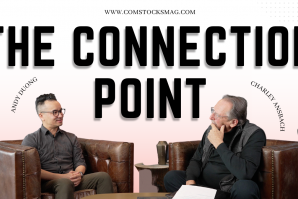
The Connection Point: Visual West Founder Andy Duong
WATCH: Andy shares how he became a successful entrepreneur and the challenges he faced
Visual West is a Sacramento independent design house that has been generating success for businesses for over a two decades. Learn about the strategies that Andy accomplished through his endeavors.
Let’s find out in today’s discussion.
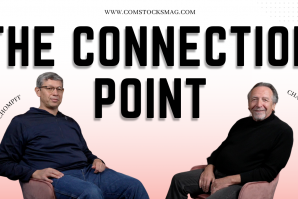
The Connection Point: Evolution CO-Founder Alex Chompff
WATCH: Alex shares tips on how investors succeed with the help of Evolution
What is Evolution? Gain insight on how their heart of service contributes towards everything you need to start and grow your financial freedom.
Let’s find out in today’s discussion.
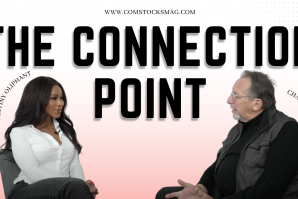
The Connection Point: Trophy Beauty CEO Destiny Oliphant
WATCH: Beauty Industry success story and the CEO's innovative approach to expanding
Where is Trophy Beauty heading and what is Destiny Oliphant’s
vision for her success? Let’s find out in today’s discussion.


